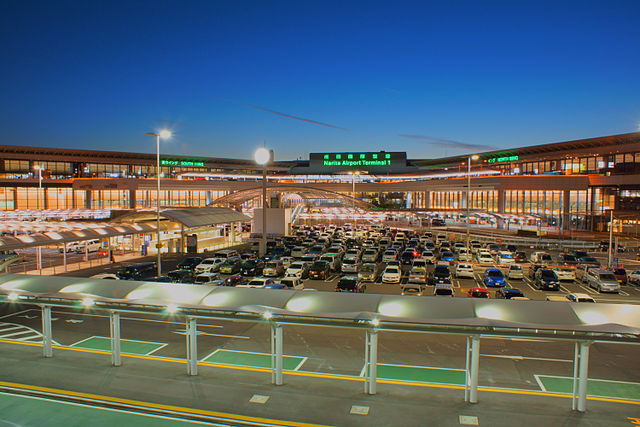 March air cargo data indicated the industry was hardly affected by the late timing of the Chinese New Year (CNY), as worldwide volume in the first quarter remained stable, according to a new WorldACD analysis.
March air cargo data indicated the industry was hardly affected by the late timing of the Chinese New Year (CNY), as worldwide volume in the first quarter remained stable, according to a new WorldACD analysis.
In March, volume grew by a mere 0.3% year-over-year, but the report said the slowdown in traffic from China and Hong Kong following the Lunar New Year was offset by strong business from other areas in the Asia-Pacific as well as vigorous pharma volume growth of 16% year-over-year.
While volumes from China and Hong Kong tumbled by 18% in March year-over-year, volume and yield from Japan to North America continued their extraordinary growth, said WorldACD.
In fact, Asia-Pacific as a whole grew by 8% in Q1, thanks not just to the strong Japanese performance, but also to striking growth from Australia, Taiwan, Vietnam, and the Philippines, recording year-over-year expansion ranging from 11% in Taiwan to 29% in Vietnam.
This, said the air cargo market data aggregator, seems to show that the effects of Chinese New Year, for this year at least, were less than anticipated.
“It is often said that January & February results should be viewed together when judging air cargo performance in Asia,” said the report. “This is only partly true. Determined as it is by the Chinese calendar, CNY falls between January 21 and February 20: this year it was on February 19.”
WorldACD said that “the aftermath of CNY, i.e. the gradual start-up of air cargo activities after the date itself, often takes as long as three weeks.” Thus, in 2015, the effects of CNY falling on February 19 this year were visible well into March, and the report reviewed the total first quarter as a result.
The report said that if data for China and Hong Kong is taken out, the 2015 volume growth worldwide is very stable, around 4% year-over-year in each of the first three months, resulting in a quarterly growth of 4.2% compared to the first quarter of 2014. “However, for China and Hong Kong, often seen as the engines of the world’s air cargo growth, the corresponding figure was 1.8% only.”
WorldACD concludes that there seems to be a shift in the areas of growth in airfreight away from the traditional.
Photo: Nanashinodensyaku





